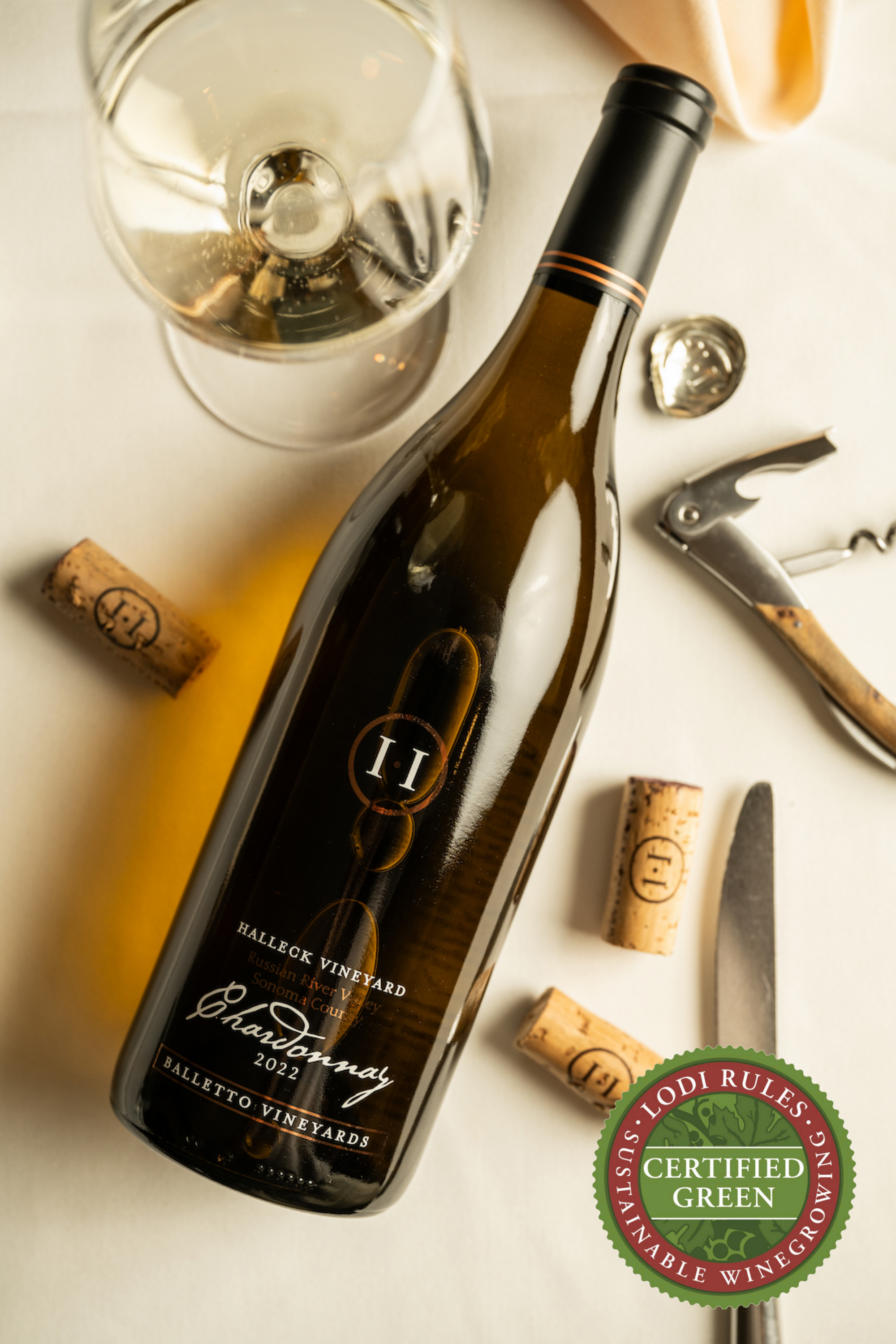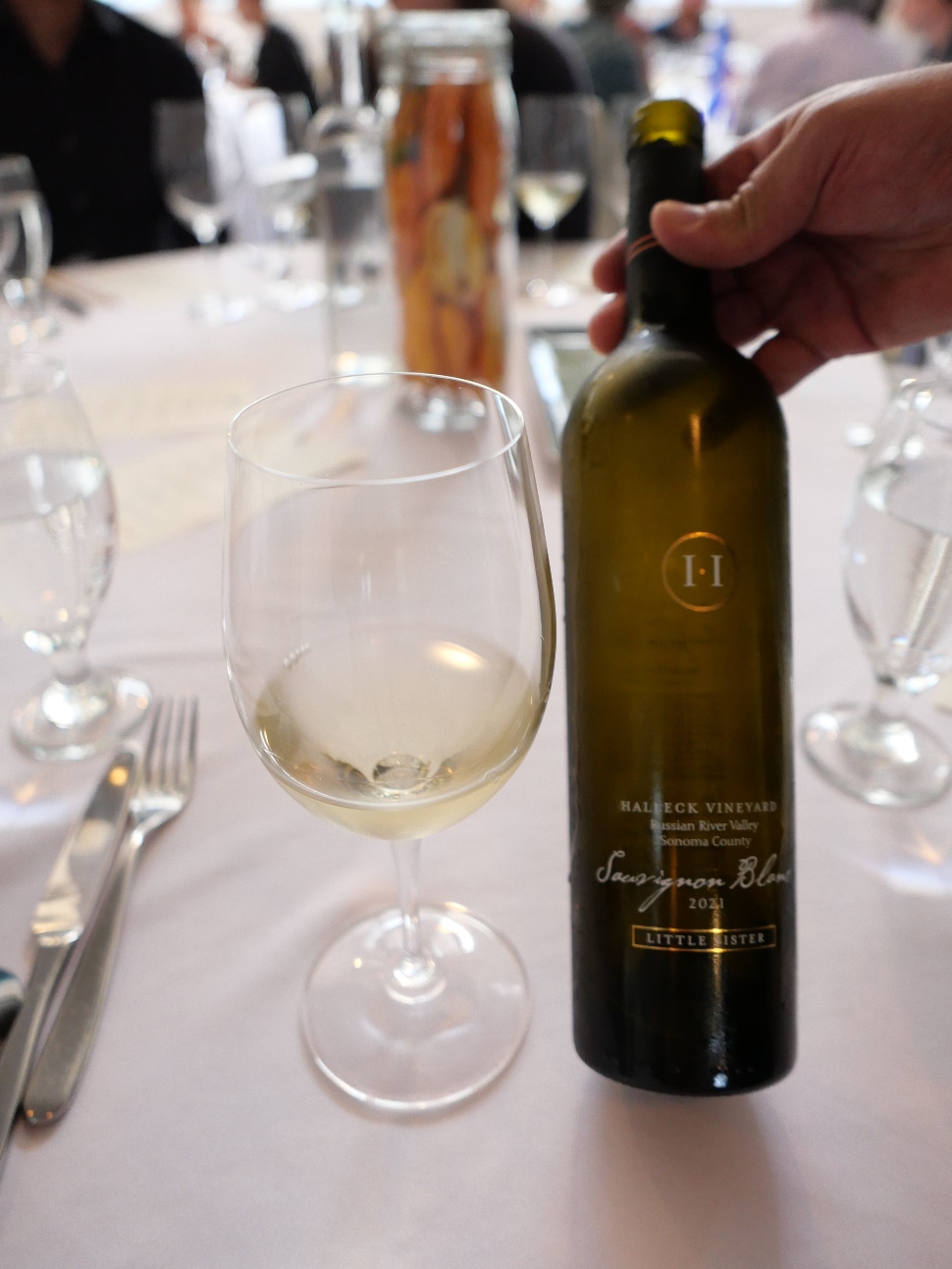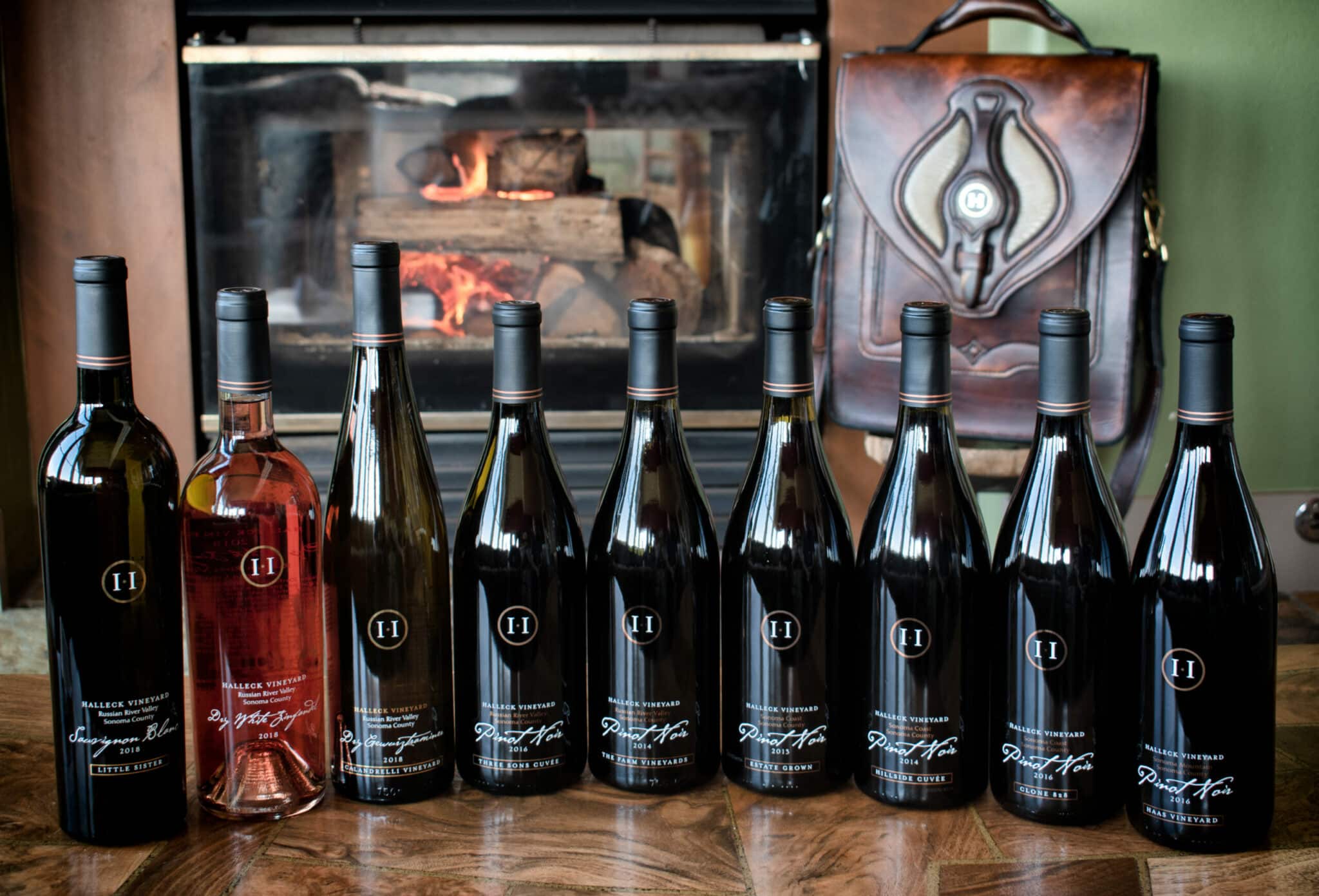Wineries Offering Educational Wine Seminars - Sebastopol Wineries
Wine tasting is an art that combines sensory experience with an appreciation for the nuances of various varietals. How to judge flavors in winery wine tasting classes is pivotal to greedy the complexities of wine.
Engaging in a wine tasting entails greater than merely sipping and savoring. It requires a focused strategy to establish aromas and flavors that each wine presents. As you start, observe the wine's appearance, noting its shade and clarity. These visible cues usually counsel a wine’s age, grape selection, and even potential flavor profiles.
The subsequent step within the tasting course of is to swirl the wine in your glass. This action releases fragrant compounds that are vital for analysis. Lean in and take a moment to inhale deeply; the aromas can vary from floral and fruity to spicy and earthy. The nose of the wine is simply as essential as the palate, and recognizing scents plays a major function in understanding the general experience.
When taking your first sip, permit the wine to maneuver across your palate - Wineries With Unique Gamay Wines. Notice the preliminary flavors that present themselves. Is the wine fruity, floral, or perhaps herbaceous? This preliminary taste gives perception into what the wine is likely to categorical as you proceed to evaluate it. The mouthfeel also contributes to the general flavor experience; it might be silky, tannic, or even effervescent.
Wineries With Picnic Areas - Sonoma Wine Tasting Spots
As you continue tasting, pay attention to the wine’s stability. A well-balanced wine will harmonize acidity, sweetness, and tannins. If one element overwhelms the others, it might indicate a much less fascinating high quality. Evaluating steadiness might help you identify how well the wine would possibly pair with food.
Transitioning to the finish, think about how the flavors evolve because the wine lingers in your palate. A lengthy, nice finish can indicate a high-quality wine, whereas a brief or abrupt end would possibly recommend otherwise. Reflect on whether the flavors stay consistent or if new notes emerge because the wine settles. This progression can reveal complexities and intricacies which may not have been apparent in the initial tasting.
Temperature is also an important consider evaluating wine flavors. Completely Different kinds of wine are optimally enjoyed at specific temperatures. White wines often shine when chilled, whereas pink wines typically carry out greatest at room temperature. When tasting, ensure the wine is at the acceptable temperature to totally respect its character.
Wineries Ideal For Romantic Getaways - Top Sonoma Wine Tasting Destinations
Pairing food with wine can tremendously enhance the tasting experience. Meals can affect the perception of flavors in wine, either highlighting certain traits or diminishing them. When evaluating flavors, think about how the wine interacts with different meals, noticing which flavors are amplified or muted (Charming Wineries With Views In Sonoma Valley).

Contemplate the influence of terroir as you interact in a winery tasting. Terroir encompasses the distinctive environmental components that have an effect on grape rising, together with soil composition, local weather, and geography. Understanding a wine's terroir can provide insight into its flavors and aromas, fostering a deeper appreciation for the alternatives made during its cultivation and manufacturing.
Training performs a fundamental position in enhancing one's capability to evaluate wine flavors. Studying about grape varieties, wine areas, and production strategies can pave the finest way for more knowledgeable judgments during tastings. Moreover, attending workshops or classes can refine sensory skills and expand your flavor vocabulary, enabling you to articulate tasting notes more effectively.

Finally, it's important to remember that evaluating wine flavors is a extremely personal experience. Individual preferences and perceptions will invariably form one’s tasting journey. Enjoyment should be at the forefront, with the analysis course of performing as a device to boost understanding and appreciation quite than create rigid pointers.
Eco-Friendly Wineries In Sonoma County - Enjoying The Best Wineries In Sebastopol
In conclusion, mastering how to evaluate flavors in winery wine tasting periods entails a mixture of sensory engagement, information, and practice. By learning to establish aromas, assess the stability, and recognize the intricacies of flavor, wine enthusiasts can deepen their connection to every bottle they encounter. As with any art form, the extra one immerses themselves in the experience, the extra they will uncover and benefit from the vast world of wine.
- Begin by observing the wine's shade and clarity, as these visible components can hint at its flavor profile and getting older potential.
- Swirl the wine gently in your glass; this releases fragrant compounds, permitting you to raised identify the complex scents related to the wine.
- Take a deep inhale before tasting, focusing on each main and secondary aromas to gather insights on fruits, spices, and other nuances.
- When tasting, allow the wine to coat your palate; note the initial flavors, the mid-palate complexity, and the end as these stages can provide totally different flavor highlights.
- Pay attention to texture and mouthfeel, as elements corresponding to tannin levels, acidity, and sweetness contribute considerably to the general tasting experience.
- Examine flavors towards commonplace wine traits; for pink wines, think about berry notes, oak affect, and natural tones, while whites might embody citrus, stone fruits, and floral hints.
- Take notes in the course of the tasting session to track your impressions, helping you to recollect and consider the different wines sampled.
- Talk About your findings with fellow tasters or winery employees, as sharing insights can enhance understanding and appreciation of individual flavors.
- Permit time for the wine to breathe; sometimes, flavors evolve and reveal new dimensions after being exposed to air.
- Experiment with food pairings during the tasting as they can dramatically alter how flavors are perceived, influencing overall enjoyment.undefinedWhat ought to I look for when evaluating the aroma of wine during a tasting?
Start by swirling the wine in your glass to release its aromas. Convey the glass to your nose and take a deep breath. Pay consideration to the primary scents you detect, as these are often the most distinguished. Look for fruit, floral, natural, or earthy notes and try to establish particular characteristics, which is able to deepen your understanding of the wine's complexity.
Wineries With Sustainable Practices - Best Wine Tasting Spots In Sonoma County

How can I distinguish between completely different flavor profiles in wine?
Perceive that flavor profiles are sometimes categorized as fruit, floral, herbaceous, spicy, or mineral. Take small sips and permit the wine to coat your palate. Discover the first flavors that emerge first and the delicate notes that follow. This layering is essential in distinguishing the wine's characteristics and will help you recognize its distinctive profile.
Wineries Located Near Russian River Valley - Sebastopol Wine Tours And Vineyards
What is the importance of the wine's texture in a tasting?

The texture of the wine, also called mouthfeel, performs a vital position in how we understand flavors. Pay consideration as to if the wine feels easy, creamy, or gritty. The physique of the wine (light, medium, or full) can improve or contrast with flavors, offering a more rounded experience throughout tasting.
How do I assess the balance of flavors in wine?
Balance in wine refers to the harmony between acidity, sweetness, tannin, and alcohol. Take a moment to evaluate whether or not these elements complement or intervene with one another. A well-balanced wine may have none of its components overpowering the others, creating a pleasing tasting experience.
Wineries With Beautiful Architecture - Discovering Sonoma Area Wineries
What function does temperature play in evaluating wine flavors?
Temperature can considerably impact Read Full Report the notion of flavors. Typically, pink wines are greatest served slightly below room temperature, whereas white wines take pleasure in being chilled. As the temperature adjustments, the aromas and flavors can shift, allowing you to perceive completely different traits. It’s essential to style wine at its optimal temperature for true evaluation.
Wineries With Unique Varietals - Top Sonoma Wine Tasting Destinations
How can I improve my tasting skills over time?
Practice is vital to improving your tasting skills. Wineries Featuring Vineyard Tours. Attend tastings, keep a journal of your experiences, and explore different types of wines to broaden your palate. Moreover, studying about wine manufacturing and grape varieties can present context that enhances your analysis process, making you a more informed taster.
Is there a selected order in which I ought to taste the wines?
Local Favorite Wineries In Sonoma - Discovering Sebastopol's Wineries
Yes, it’s advisable to style wines from light to full-bodied and dry to sweet. This progression prevents the stronger flavors from overshadowing the more delicate ones, allowing you to totally respect each wine's traits and nuances without palate fatigue.
How can I consider the aftertaste of wine?
Wine Tasting Trails In Sonoma Valley - Sonoma Vineyards Worth Visiting
The aftertaste, or finish, is a crucial aspect of the wine-tasting experience. After swallowing, pay attention to how lengthy the flavors linger on your palate and whether they change. A long, nice end is usually an indicator of a high-quality wine, whereas a brief or unpleasant finish might recommend in any other case.
Why is it essential to notice the wine’s acidity throughout tasting?
Acidity contributes to the overall freshness and construction of the website link wine. Pay consideration to the tingling sensation on your tongue; larger acidity can enhance the wine's liveliness and stability out sweetness. Noting acidity helps determine the wine's versatility with food and its getting older potential.
What ought to I do if I battle to establish particular flavors in wine?
Scenic Vineyard Tours In Sebastopol - Sonoma Wine Tasting Adventures
Struggling to establish flavors is common, particularly for beginners. Focus on broader classes and describe what you probably can acknowledge, such as candy or earthy notes. With practice, studying about totally different flavor profiles, and maybe using flavor wheels, you may refine your senses and develop a extra nuanced strategy to tasting.